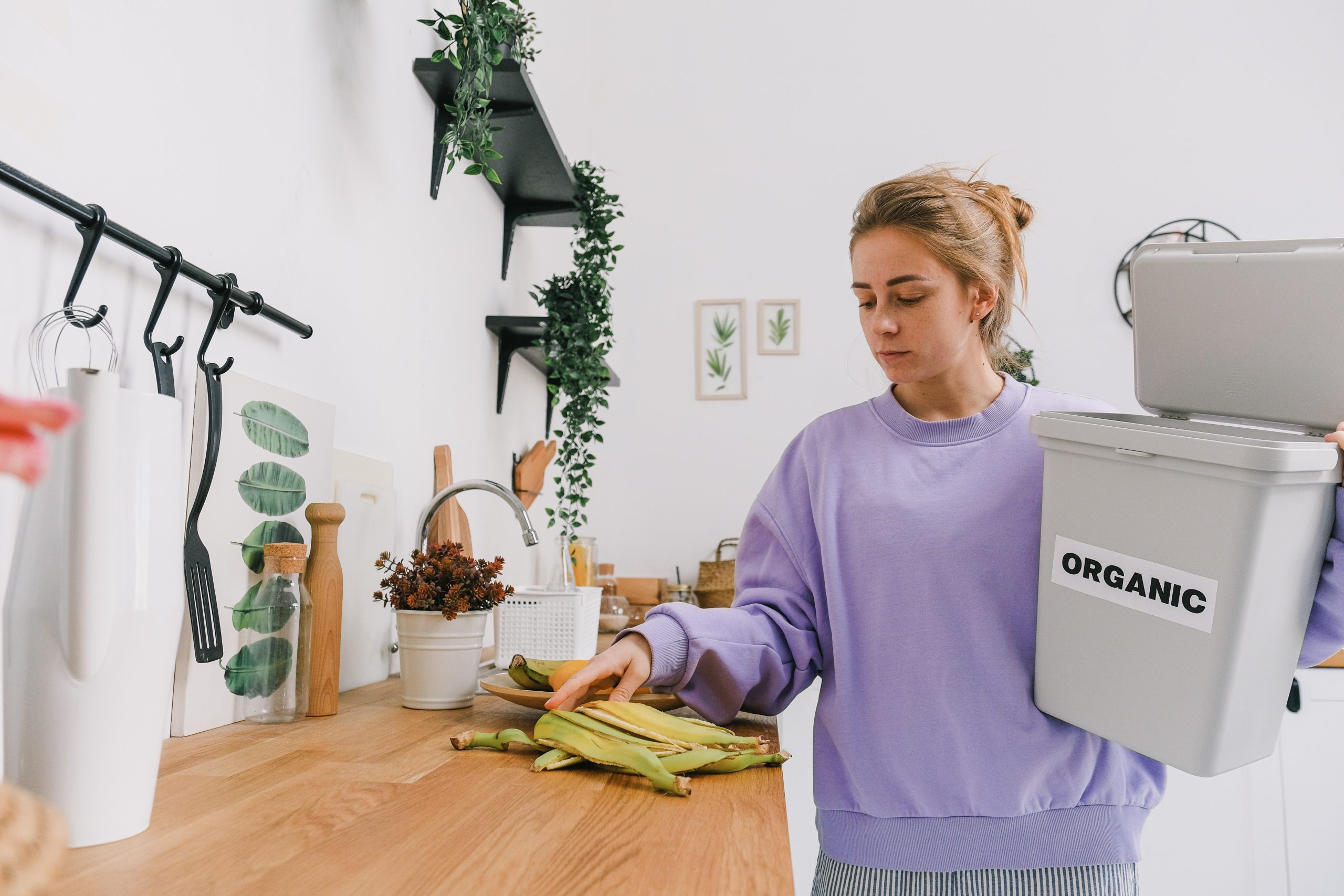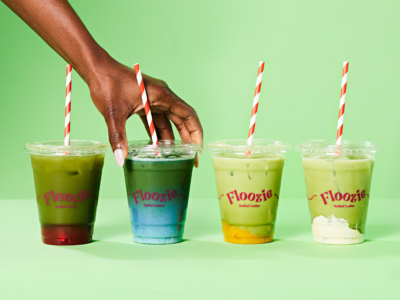From buzz-less booze to potato milk, here’s what we can expect from the food and drink industry this year.
Driven by the long-term effects of an ongoing pandemic, when it comes to food and drink this year, many of us will focus on enjoying life’s simple pleasures while seeking balance regarding our health.
We’re likely to focus on sustainable food options while attempting to do more to protect the planet. Many of us will reduce our alcohol consumption by opting for booze-free beverages, and those who do drink may become more experimental in their choices. So here are six food and drink trends we can expect for 2022.

Potato milk
Over the past few years, non-dairy milk alternatives like oat, almond and coconut milk have rapidly grown in popularity. In 2022, many of us are likely to stir potato milk into our morning coffees. Not only does potato milk provide a creamy, tasty flavour, but it’s low in sugar and saturated fats. As potatoes use far less land than it takes to grow the equivalent amount of oats, it’s a sustainable option, too.
Buzz-less booze
Whole Foods Market experienced record growth in 2021 in the no-booze spirits category, and we can expect this trend to continue. This is partly thanks to many millennials and gen Z-ers trialling ‘drysolation’ during the lockdown. This year, there’s likely to be a new line-up of drinks hitting the supermarket shelves and bars, delivering the same sort of taste and sophistication of cocktails and other alcoholic beverages but without the buzz.

CBD food and drink
CBD advocates claimed wellness and mental health benefits have led to strong demand for CBD-infused goods, including food and drinks. Typically, you’d have to look for a health food shop for CBD food and drink items. However, in 2022, we can expect to see the trend become more accessible than ever, with supermarkets and smaller stores stocking up. Cannasa, a premium CBD-infused drink, is just one CBD product growing in popularity. Prices start at £20 for a six-pack online.
Wine from lesser-known regions
While wines from renowned regions around the world like Bordeaux, Mendoza and Napa Valley will remain popular, we’ll also increasingly explore varietals from lesser-known wine areas this year. We’ll sip from bottles from up-and-coming Eastern European wine regions. For example, the Tokaji wine region, crossing over from north-eastern Hungary into south-eastern Slovakia, is actually the oldest classified wine region in the world. This area is noted for its sweet wines produced from grapes affected by noble rot, a style of wine with a long history in this region.
Read more: The best organic ‘natty’ wines to try

Reducing waste
Protecting the environment and reducing our carbon footprint is also a major driver in changing our eating and drinking habits. In 2022, manufacturers and restaurants will continue to reduce waste. For example, using all parts of a food source that may have previously been disposed of, such as beet greens and pork fat. Reducing food waste also involves donating or using any excess food that can’t be re-purposed or is left over at the end of a shift.
Online grocery shopping
The pandemic led many people to shift their grocery shopping habits, selecting their food products online rather than visiting in-store. Unsurprisingly, this trend is set to continue in 2022. Not only can customers avoid crowded supermarkets and long lines, but online shopping allows you to buy ingredients that many local stores don’t have. This is especially useful if you live in smaller towns or aren’t by a large supermarket.
Online food sourcing isn’t just beneficial for consumers, either. Chefs and restaurant owners can take advantage of the myriad of ingredients offered online to expand their menus and become more creative with their dishes.













